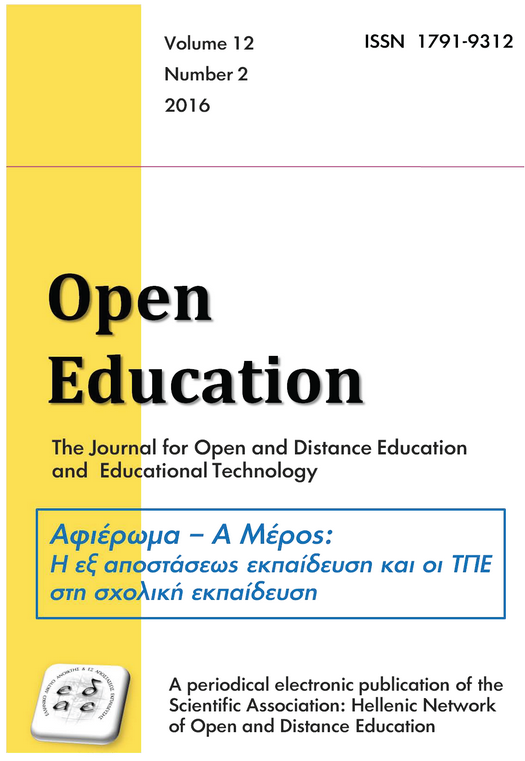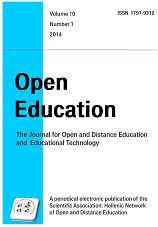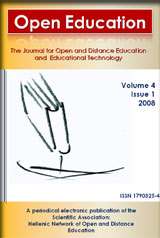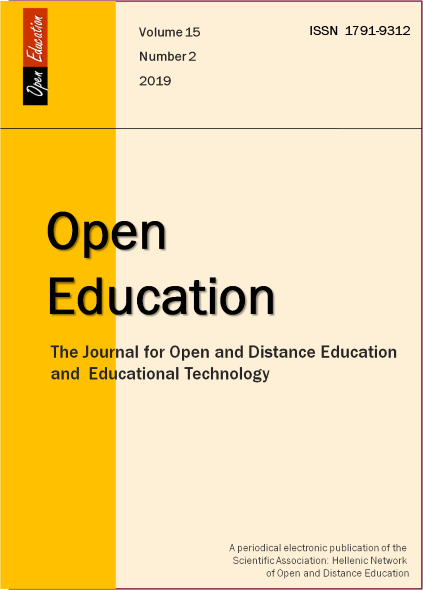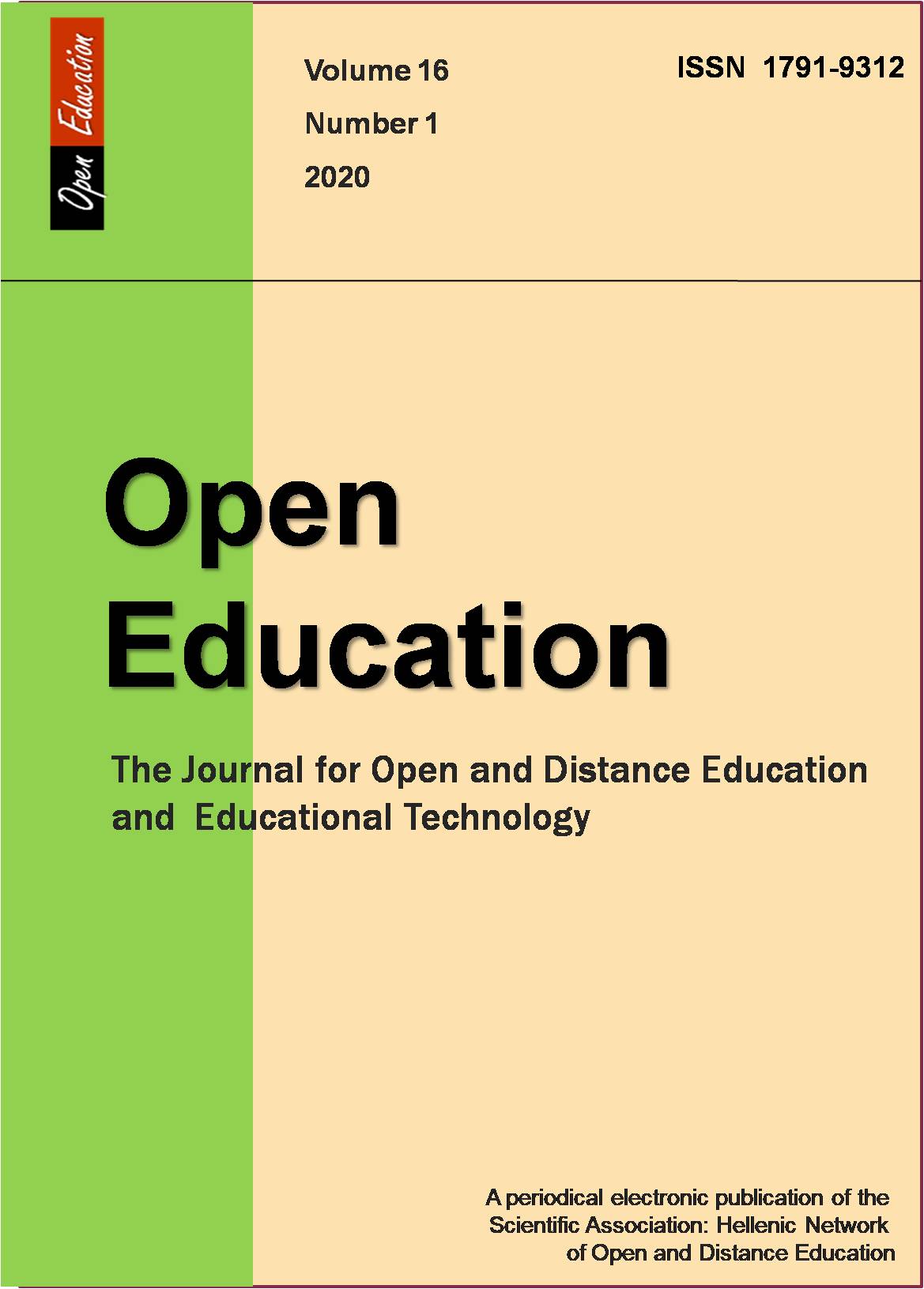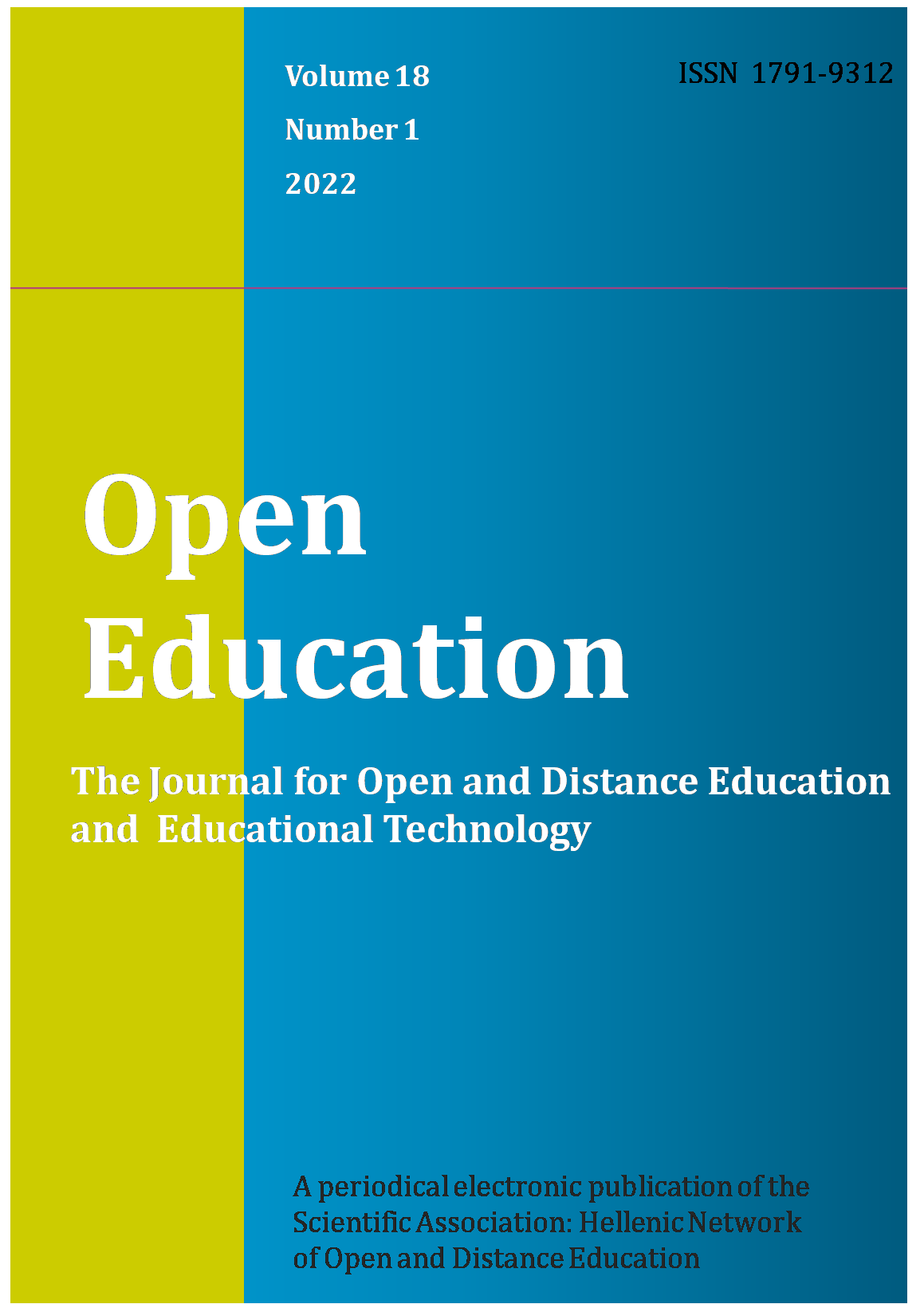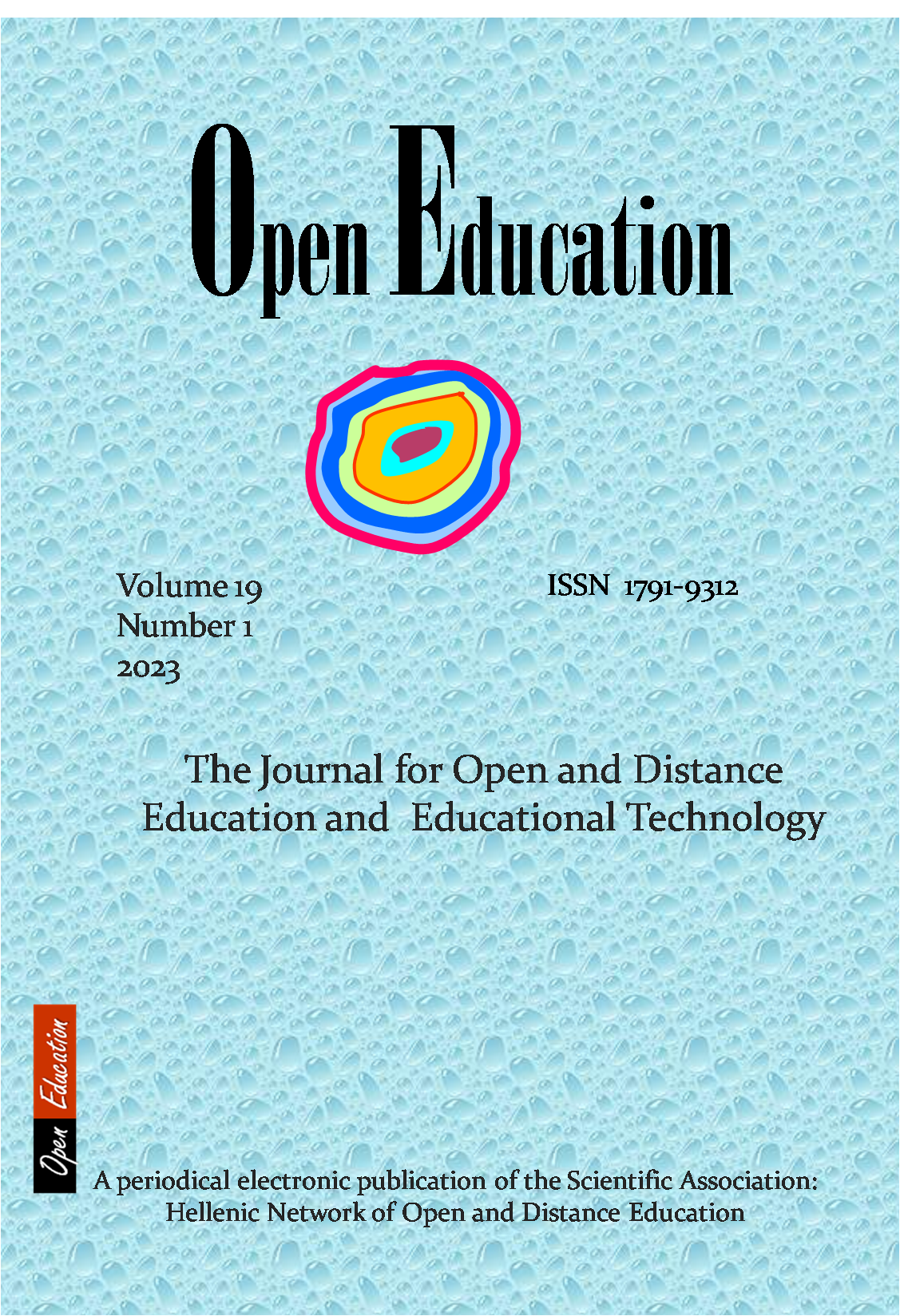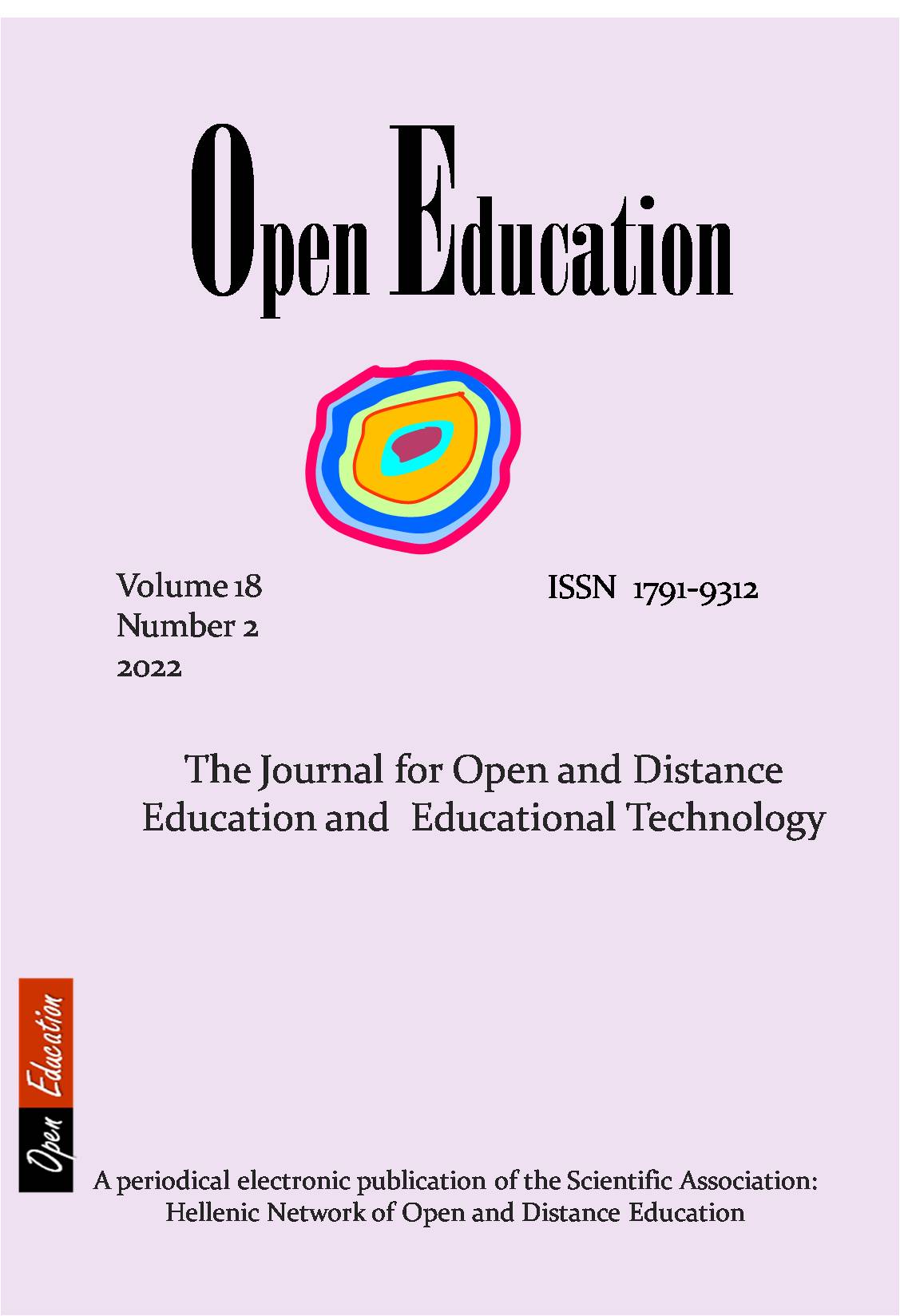Complementary school distance education using learning objects from the Greek National Learning Object Repository – Photodentro LOR
Abstract
This article presents ways of implementing modern technologies in the learning
process and explores the impact of complementary school distance education on the academic performance and satisfaction of students, as well as the
effectiveness/usefulness of the learning objects of Photodentro as a means of
enriching its educational material. An apparently (quasi) experimental method was chosen, which was tested for about two months on a sample of 90 students coming from four classes of the 1st Grade of Middle School. The 1st experimental team consists of two of these classes, wherein students took part in complementary distance learning and had online material at their disposal enriched with learning objects from Photodentro. In the 2nd experimental team the same objects were implemented in the school educational material, while in the 3rd team of control no experimental intervention was applied. The results indicate a positive correlation between the use frequency of the online distance learning educational material, the academic performance of the students and their satisfaction from the learning process. At the same time, the learning objects of Photodentro as a means of enriching the distance learning education material are confirmed as being effective in comparison to their
conventional counterparts.
Article Details
- How to Cite
-
Σκουλαρίδου Ε., & Μαυροειδής Η. (2016). Complementary school distance education using learning objects from the Greek National Learning Object Repository – Photodentro LOR. Open Education: The Journal for Open and Distance Education and Educational Technology, 12(2), 56–72. https://doi.org/10.12681/jode.10862
- Issue
- Vol. 12 No. 2 (2016)
- Section
- Section 1
Copyright Notice
Authors who publish with this journal agree to the following terms:
Authors retain copyright and grant the journal right of first publication with the work simultaneously licensed under a Creative Commons Attribution Non-Commercial License that allows others to share the work with an acknowledgement of the work's authorship and initial publication in this journal.
Authors are able to enter into separate, additional contractual arrangements for the non-exclusive distribution of the journal's published version of the work (e.g. post it to an institutional repository or publish it in a book), with an acknowledgement of its initial publication in this journal.
Authors are permitted and encouraged to post their work online (preferably in institutional repositories or on their website) prior to and during the submission process, as it can lead to productive exchanges, as well as earlier and greater citation of published work.

